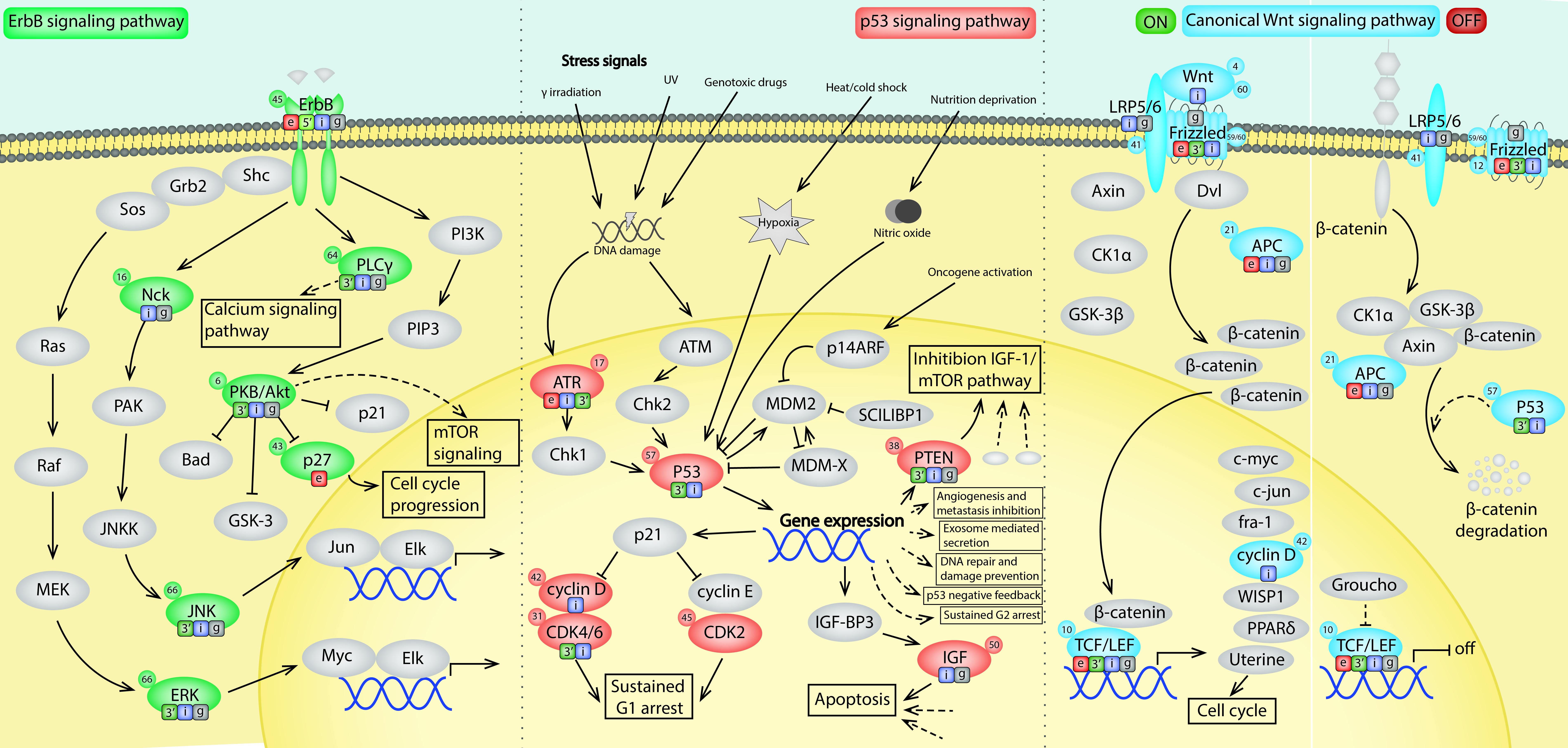Maria Knol and Hieab Adams recently co-led a joint effort between the CHARGE and ENIGMA consortia investigating the biological pathways underlying the size of the human head. They measured head size in 79.000 individuals across the world to perform the largest genome-wide association study in the brain imaging field so far. The study has led to very interesting findings.
They identified 67 genetic loci, 50 of which are novel. To clarify the role of the loci, they carried out comprehensive analyses. First, the head size loci are mostly independent from height as a marker for overall body growth. Second, the effects of 17 loci could be pinpointed to their exact location in brain using state-of-the art neuroimaging techniques.
The biological plausibility of the identified loci was underlined by a striking 37-fold enrichment for genes related to rare genetic disorders accompanied by clinical macrocephaly (an extremely large head). Further, hypothesis-generating analyses revealed multiple links with the development of cancer. Gene set analyses showed enrichment for different types of cancer and the p53, Wnt and ErbB signalling pathway. Genes overlapping or close to lead variants – such as TP53, PTEN and APC – were enriched for genes involved in macrocephaly syndromes (up to 37-fold) and high-fidelity cancer genes (up to 9-fold), whereas this enrichment was not seen for human height variants.
Their findings suggest that genes regulating early brain growth also relate to cancer development later in life, irrespective of overall body size
Read a preprint of the article here.
Adams Lab members Tavia Evans and Sander Lamballais also contributed to this study.

Schematic overview of the significantly enriched signalling pathways with proteins encoded by genes near (< 10 kb) identified genetic loci. (Knol et al., 2020)
